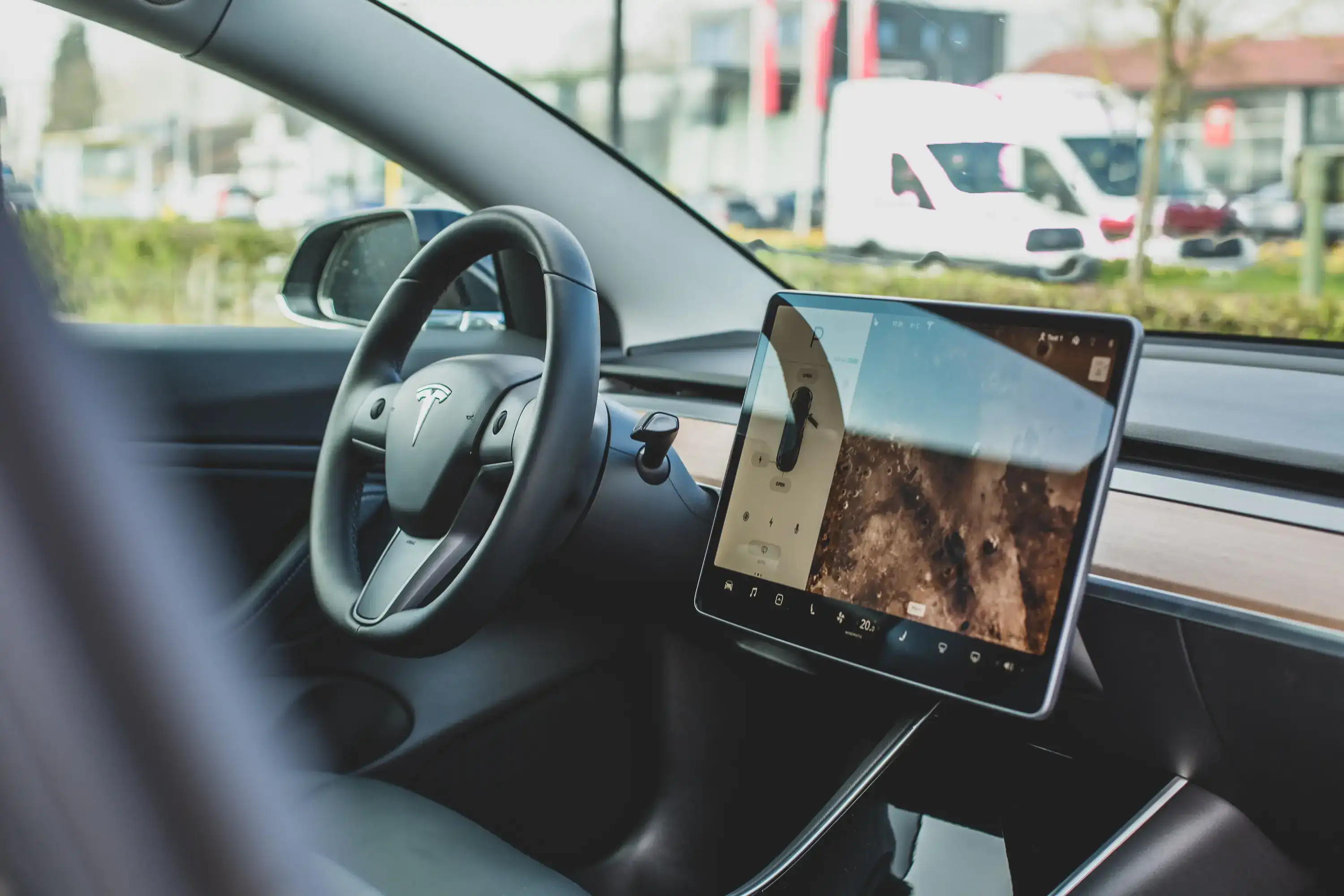
How I moved from MetalLB to Cilium
MetalLB Since running my Kubernetes cluster at home, I ran MetalLB for load-balancing in layer 2 mode. Layer 2 mode doesn’t implement load-balancing. It’s instead a fail-over mechanism should one node fail. All traffic for a service IP goes to one node, and KubeProxy forwards it. Apart from layer 2 mode, MetalLB also supports BGP mode, which is fundamentally different and more comparable with the implementation of Cilium. More about that is in the official documentation of MetalLB....

Network sniffing on Kubernetes
Background Yesterday I faced some issues with an application running on my private k8s cluster. I assumed some kind of networking issue. Therefore, I wanted to sniff the network traffic, in order to find out what was going on. However, I had no idea how to do it. Sure, the web helped in this case. The solution was ksniff. What is ksniff? Ksniff is a plugin for kubectl that can be installed via krew, a plugin manager for kubectl....

Let's Encrypt on Kubernetes
Background Not long ago I have decided to move all of my workloads running in my home lab to Kubernetes. I wanted to learn more about Kubernetes and even practice for the Certified Kubernetes Administrator (CKA) exam. So I deployed two Ubuntu Server 20.04 machines on top of my Esxi node. One for the master node and one for the worker node. Naturally I wanted to encrypt the access to the Kubernetes Ingress resources via trusted certificates instead of the default ones....

Erfahrungsbericht - Tesla Model 3 HW3 Retrofit
Hintergrund Die meisten Tesla-Fahrer wissen es wohl, der Autopilot (AP) oder neu Full Self Driving (FSD) Computer war nicht immer derselbe. Das Model 3 wurde bis April 2019 mit der Hardware Generation 2.5 ausgeliefert und seit da an mit HW3. Mit dem Versionssprung hat sich vieles verändert. HW3 ist der erste von Tesla selbst entwickelte Computer. Bis HW2.5 wurde der Computer von Nvidia entwickelt. Viele neuen Funktionalitäten sind nur mit HW3 kompatibel und erscheinen schon gar nicht für HW2....

Grafana Playground - Testumgebung innert Minuten
Lazy Du bist lazy, möchtest jedoch gerne einmal ein Bisschen mit Grafana rumspielen. Stundenlang alles einzurichten, ist dir jedoch zu doof? Ich habe die Lösung für dich. Vor ca. einer Woche habe ich ein Github Repo erstellt, welches ein E2E Grafana Umgebung enthält. Darin enthalten sind Influxdb als Time Series Database, Telegraf als Metrics Collector, Loki als Log Aggregation System und natürlich Grafana selber. Voraussetzungen Damit das Deployment der Umgebung schnell vonstatten geht....